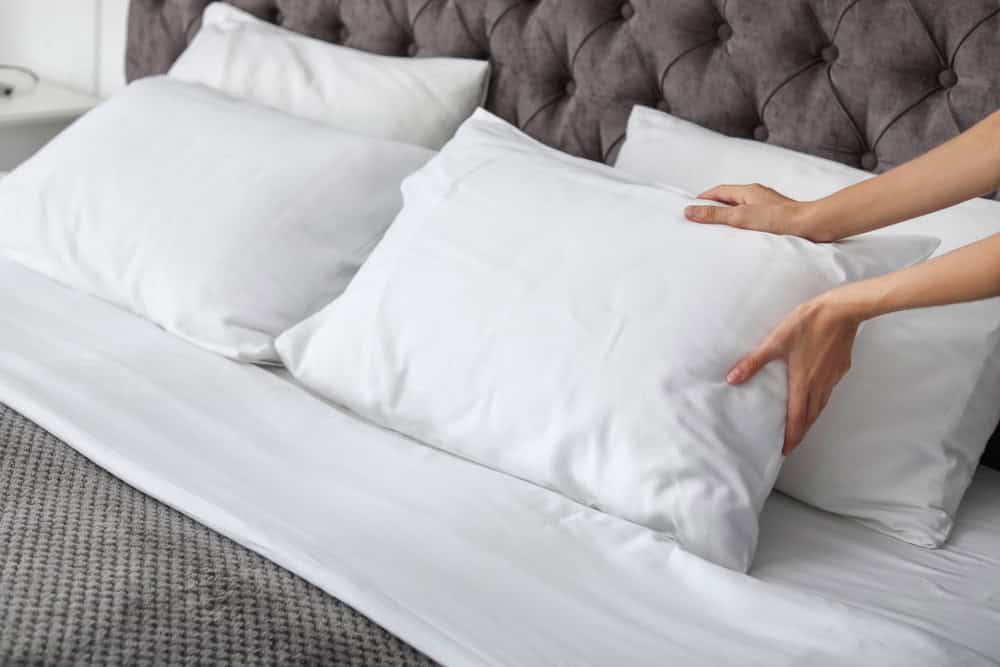You may already know that you should replace your mattress every five to 10 years in order to enjoy the best possible level of comfort, health benefits and good quality sleep. However, your mattress is not the only item that plays a role in your ability to fall asleep, stay asleep and wake up feeling rested and relaxed. Your bed pillows also play an important role. Knowing how often you should replace your pillow could help you sleep better, and here’s why.


You put your head on your pillow every night. Oils from your hair or skin get onto it. If you sweat, your pillow could develop an odor. When you have a cold, mucus could get into it. Mouth-breathers may leak saliva into their pillows. The skin cells that seep into the pillow attract dust mites. Many people are allergic to dust mites, and an infested pillow could be triggering your allergy or asthma symptoms.
The lifespan of a pillow depends on several factors. The biggest one is the material from which the pillow is made. Natural materials tend to last longer than synthetic ones. If you fold the pillow or bunch it up while you sleep, this causes extra wear and tear. The lifespans of each type of pillow are as follows:
If you have dust mite allergies, you may need to replace your pillow more frequently. Doing so reduces your exposure to allergens. If you’ve recently changed your sleep position, you may also need to get a new pillow. There are different pillows for different sleep positions. Some other signs that it’s time to replace your pillow include:
After buying a pillow, there are a few things you should do in order to maintain it. Check the pillow’s care tag to see if it’s machine washable. Most fiberfill and synthetic down pillows can go into the washing machine. Balance the washer by washing two pillows at the same time. Wash the pillows every six months on high heat. Make sure the pillows are fully dry before using them.
Using a pillow cover could double the lifespan of your new pillow. The covers encase the pillow, protecting it from skin cells, dust mites and the infiltration of body fluids. Each time you wash your bed linens, wash the pillow cover. At minimum, it should be washed every three weeks. Use the highest heat settings for the water and clothes dryer.
This website uses cookies.